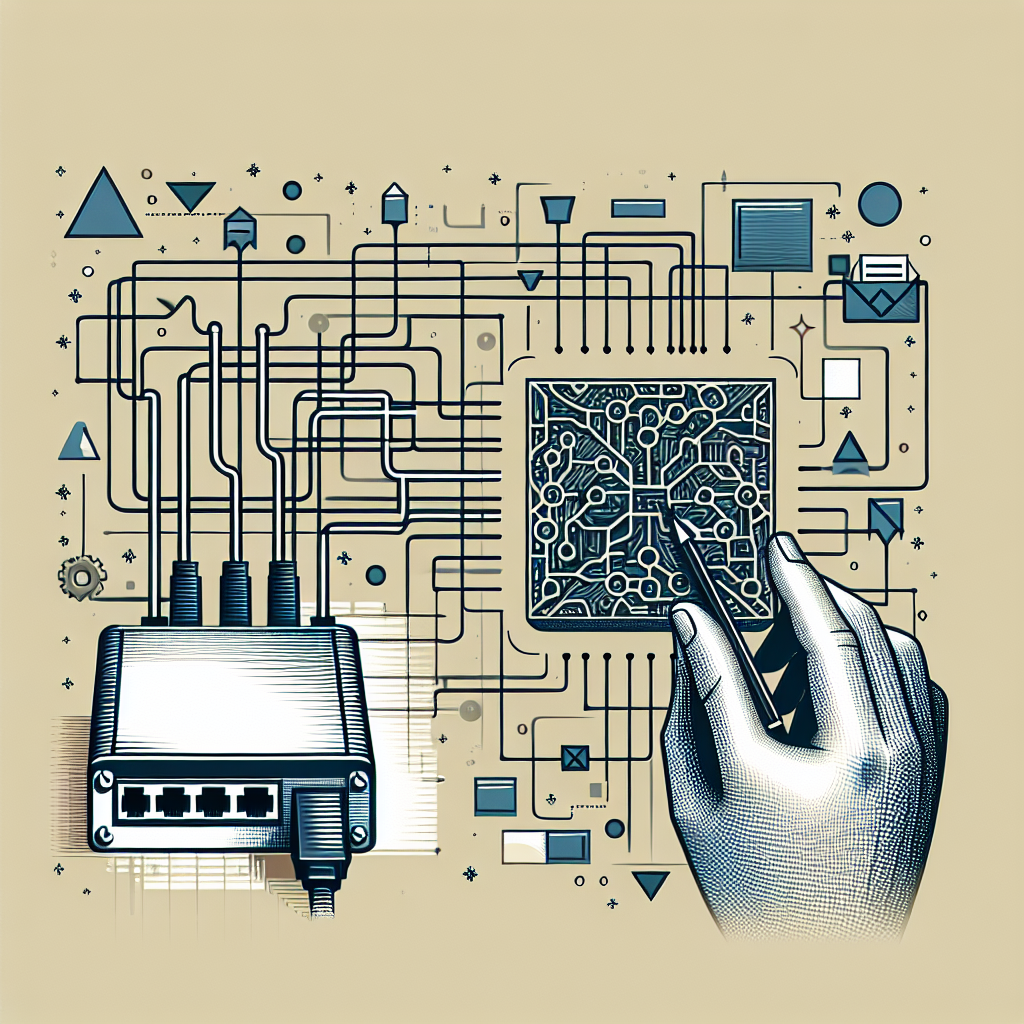How do you check compatibility between a network adapter and a content management system (CMS)?
Introduction
In the world of digital infrastructure, ensuring that your network components and software applications integrate seamlessly is vital. Compatibility issues between network adapters and content management systems (CMS) can lead to performance bottlenecks, disrupted connectivity, and security vulnerabilities. This guide will walk you through the steps to check the compatibility between a network adapter and a CMS.
Understanding Network Adapters and CMS
Network Adapters
A network adapter, also known as a network interface card (NIC), is a hardware component that connects a computer to a network. It enables communication between the computer and other networked devices by converting data into a format suitable for transmission via cables or wireless signals. Network adapters can be integrated into the motherboard or added as external cards.
Content Management Systems
A content management system (CMS) is a software application that allows users to create, manage, and modify digital content. Popular CMS platforms include WordPress, Joomla, and Drupal. CMSs require reliable network connections to function effectively, especially when accessed remotely or hosted on cloud servers.
Importance of Compatibility
Ensuring compatibility between your network adapter and CMS is essential for several reasons:
- Performance: Incompatible components can lead to slow data transfer rates and hinder the CMS’s functionality.
- Security: Compatibility issues can create vulnerabilities that may be exploited by malicious entities.
- Stability: Unstable connections can cause data corruption and frequent downtimes.
Steps to Check Compatibility
1. Identify Network Adapter Specifications
Begin by gathering detailed information about your network adapter. Key specifications to consider include:
- Manufacturer and model number
- Supported data transfer rates (Mbps/Gbps)
- Compatibility with network types (Wi-Fi 5/6, Ethernet, etc.)
- Driver versions and update history
2. Identify CMS Requirements
Next, you need to understand the network requirements of your CMS. This involves checking:
- Recommended data transfer rates
- Supported network types and protocols (HTTP/HTTPS, FTP, etc.)
- Compatibility with specific operating systems
- Dependency on network configurations (static IP, DNS settings, etc.)
3. Compare Specifications
At this stage, you compare the network adapter specifications with the CMS requirements. This comparison should focus on:
- Data transfer rates: Ensure the adapter supports speeds required by the CMS.
- Network types: Verify compatibility with Wi-Fi/Ethernet standards used by the CMS hosting environment.
- Operating system: Ensure the adapter’s drivers are supported by the OS running the CMS.
Example Comparison
| Feature | Network Adapter | CMS Requirement |
|---|---|---|
| Data Transfer Rate | 1 Gbps | 1 Gbps |
| Network Type | Ethernet/Wi-Fi 6 | Ethernet |
| Operating System | Windows 10 | Windows 10 |
4. Update Network Adapter Drivers
Outdated drivers can cause compatibility issues. Always ensure your network adapter drivers are up to date. Most manufacturers provide driver downloads on their websites.
5. Test Connectivity
After ensuring compatibility on paper, it’s crucial to test the actual network connectivity. Steps include:
- Connect the CMS hosting server with the network adapter and monitor data transfer rates.
- Access the CMS from different network environments (local network, remote access) to ensure stability.
- Use network diagnostic tools to identify any latency or packet loss issues.
Addressing Common Issues
Troubleshooting Steps
Even after confirming compatibility, issues may arise. Common troubleshooting practices include:
- Checking physical connections, cables, and ports for damage.
- Resetting network configurations and restarting devices.
- Disabling or reconfiguring firewall settings that might block CMS access.
Seeking Professional Help
If you encounter persistent issues, consider consulting with network administrators or CMS support teams. They can provide specialized diagnostics and solutions tailored to your setup.
Conclusion
Compatibility between network adapters and CMS is crucial for efficient performance, stability, and security. By following diligent compatibility checks and testing protocols, you can ensure a smooth and reliable digital infrastructure for your content management needs. Always stay updated on both your hardware and software components to mitigate any potential compatibility issues in the future.

Leave a Reply